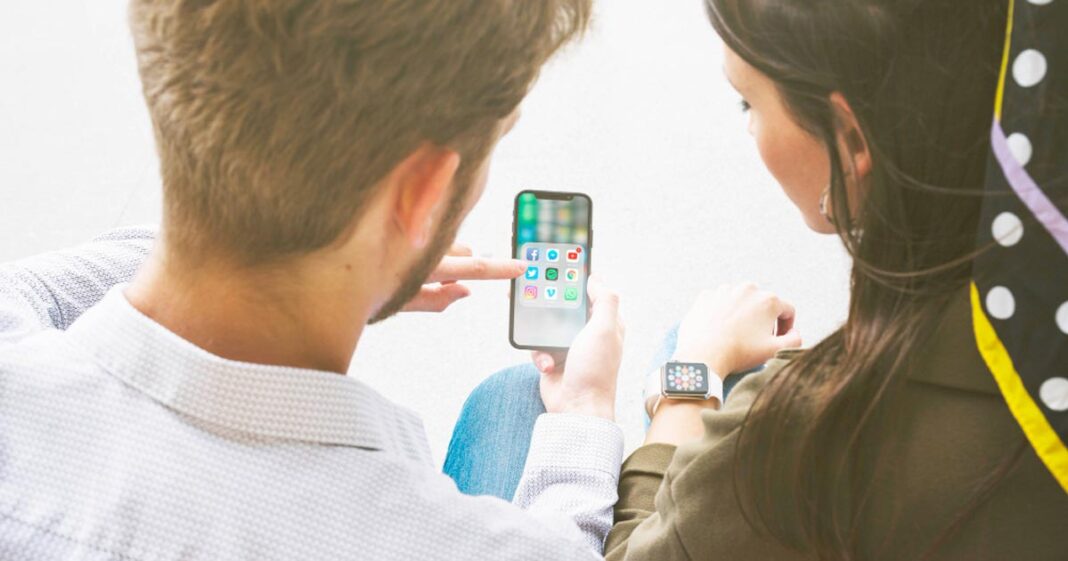
In the digital age, managing contacts effectively is essential for staying connected. But a common question arises: Should you save contacts on your phone or your SIM card? While both options have their advantages, the best choice depends on factors like security, storage capacity, and accessibility. In this article, we’ll explore the pros and cons of each method, highlight some useful facts, and provide tips on managing your contacts efficiently.
Phone vs. SIM: Which is the Better Option?
Many people assume that saving contacts on a SIM card is the best way to keep them safe, but this isn’t always the case. Here’s why storing contacts on your phone or cloud storage is often a better choice:
- Storage Capacity: More Space on Your Phone
A SIM card has limited storage, typically holding 250 to 500 contacts at most. This might have been sufficient in the past, but in today’s world where people store multiple phone numbers, email addresses, and additional details for a single contact, this space can be quite restrictive.
On the other hand, smartphones provide much larger storage, allowing you to save thousands of contacts without any hassle. If you use cloud services like Google Contacts or iCloud, your contacts are virtually unlimited in number.
- Information Storage: SIM Cards Store Only Basic Details
When you save a contact on your SIM card, it usually includes only a name and phone number. Other essential details like email addresses, alternate numbers, profile pictures, and notes are not stored.
However, storing contacts on your phone (or cloud account) allows you to save extensive information, including: ✔ Multiple phone numbers ✔ Email addresses ✔ Home and work addresses ✔ Profile photos ✔ Notes and additional fields
If you rely on contacts for professional or personal organization, saving them on your phone or syncing with Google/iCloud ensures you have complete information.
- Data Security: Cloud vs. SIM Loss
Many users assume that storing contacts on a SIM card is the safest method. However, this isn’t true. If your phone gets lost, stolen, or damaged, your SIM card could also become unusable, leading to permanent loss of contacts.
By storing contacts on your Google or iCloud account, they remain secure and accessible even if you switch devices. As soon as you sign in with your account on a new phone, all your contacts will be restored instantly.
- Does a SIM Card Erase Contacts?
A SIM card does not automatically delete contacts, but certain situations can lead to data loss:
- Manually deleting contacts from the SIM.
- SIM card corruption or damage, rendering it unreadable.
- Accidental overwriting of contacts when switching devices.
- Factory resetting your phone (although this does not delete SIM-stored contacts, it will erase those saved in the phone memory).
To prevent such risks, it is always recommended to back up your contacts to a cloud service.
- How to Check If Your Contacts Are Saved to Your SIM or Phone
If you’re unsure where your contacts are stored, here’s how you can check:
On Android:
- Open the Contacts app.
- Tap on the three-dot menu or Settings.
- Look for “Contacts to display” or “Manage contacts”.
- Here, you can see if contacts are stored on your phone, SIM, or Google account.
On iPhone:
- Apple does not allow saving contacts to the SIM card. Your contacts are typically stored in iCloud, Gmail, or another synced account.
- To check, go to Settings → Contacts → Default Account to see where your contacts are saved.
- Do Contacts Stay on a SIM Card When Switching Phones?
Yes, if you have saved contacts to your SIM, they will remain there when you insert the SIM into another phone. However, you may face issues like:
- Losing additional details (only name and number are saved).
- Some phones may not recognize all contacts.
- Formatting issues where names or numbers appear incorrect.
This is why modern devices encourage using cloud storage instead of SIM storage.
Best Practices for Contact Management
- Always Backup Your Contacts: Use Google Contacts, iCloud, or a similar service to ensure your contacts are not lost if your phone is damaged.
- Sync Regularly: Set your phone to sync contacts automatically, so you always have an up-to-date backup.
- Export Contacts: If you switch phones, export your contacts from your old phone before relying on a SIM transfer.
- Avoid Storing Contacts on the SIM: Since SIM storage is limited and lacks backup options, always prefer saving contacts to your phone or cloud.
- Check Storage Location Before Resetting: If you’re about to reset your phone, make sure all contacts are backed up first.
Final Verdict: Store Contacts on Your Phone or the Cloud
While SIM cards were once a go-to solution for contact storage, they are no longer the best option. Phones and cloud storage offer superior capacity, security, and accessibility. If you want seamless contact management, save your contacts on your phone and sync them with Google or iCloud. This way, you never have to worry about losing important numbers again!
By following these best practices, you can ensure your contacts are always secure, organized, and easily accessible, no matter what device you use.





